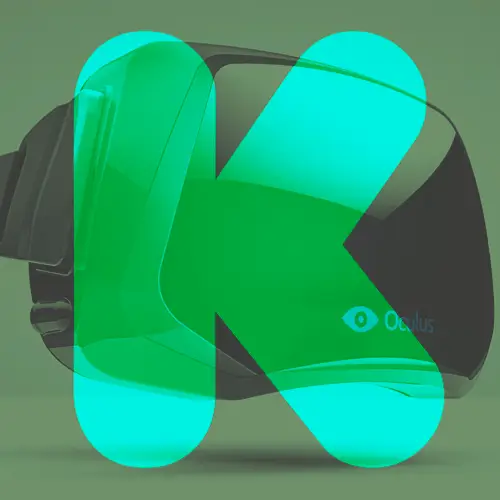Kickstarter
After almost six years, the American crowdfunding platform - crowdfunding, micro-patronage - Kickstarter has been the place where great projects from various fields of creation have had the opportunity to show themselves to the world. That is where they have been able to express themselves as they are, in search of financial support from anyone around the globe.
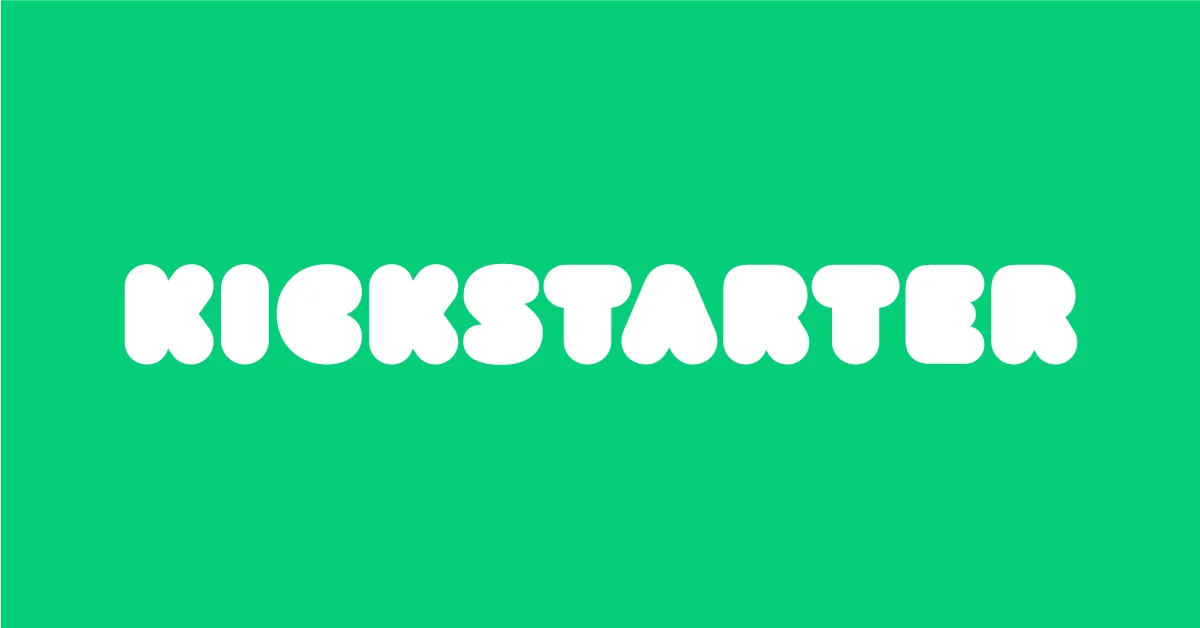
Crowdfunding process
The dynamic, from the beginning, has been very simple. A page is created explaining a given project and the money needed to carry it out. Likewise, the consideration is also presented, by the group leading the project in question to the micro-sponsors. These are the anonymous people who support these initiatives. Depending on the amount allocated to the project, this small investor receives a series of customized products or prizes. In this way, if you, cybernauts, see an idea or a product that you would like to enjoy, it is in your hands to make it possible. This process of seeking funding usually lasts between 4 and 6 weeks.
Oculus Rift and Kickstarter
The great example is Oculus Rift, the headset that revolutionized the technological world, that of video games. In addition, all those that feed or complement these -cinematographic, entertainment, graphic design...-. Palmer Lucky, founder of the company Oculus, ran a campaign on Kickstarter. In this one he demanded the contribution of a total of ¢250,000. Weeks later, on September 1, 2012, the crowdfunding phase ended. It achieved a final amount of $2,437,429. Almost nothing. Since then, the project has been consolidated in such a way that it has been the starting gun of the race for the future.
In April 2014, Facebook acquired the company Oculus for more than $2 billion, thus laying the foundations of a model that bets on virtual reality as a new audiovisual, social, entertainment environment... Ten years from now, the social networking giant predicts that Oculus Rift will have established itself on a mass scale, replacing screens as we know them today.
Oculus goes on an adventure
Oculus anticipated something that no one foresaw. Or maybe they did, but no one took the plunge. No one broke the linearity of time, giving it time to move forward. Oculus anticipated the future. And many, later realized it. They have since used Kickstarter to join the race in search of the Hyperexperience. From gadgets for hands, feet or head, to platforms that simulate human gait, driving simulators or motion sensors to boost virtual reality immersion.

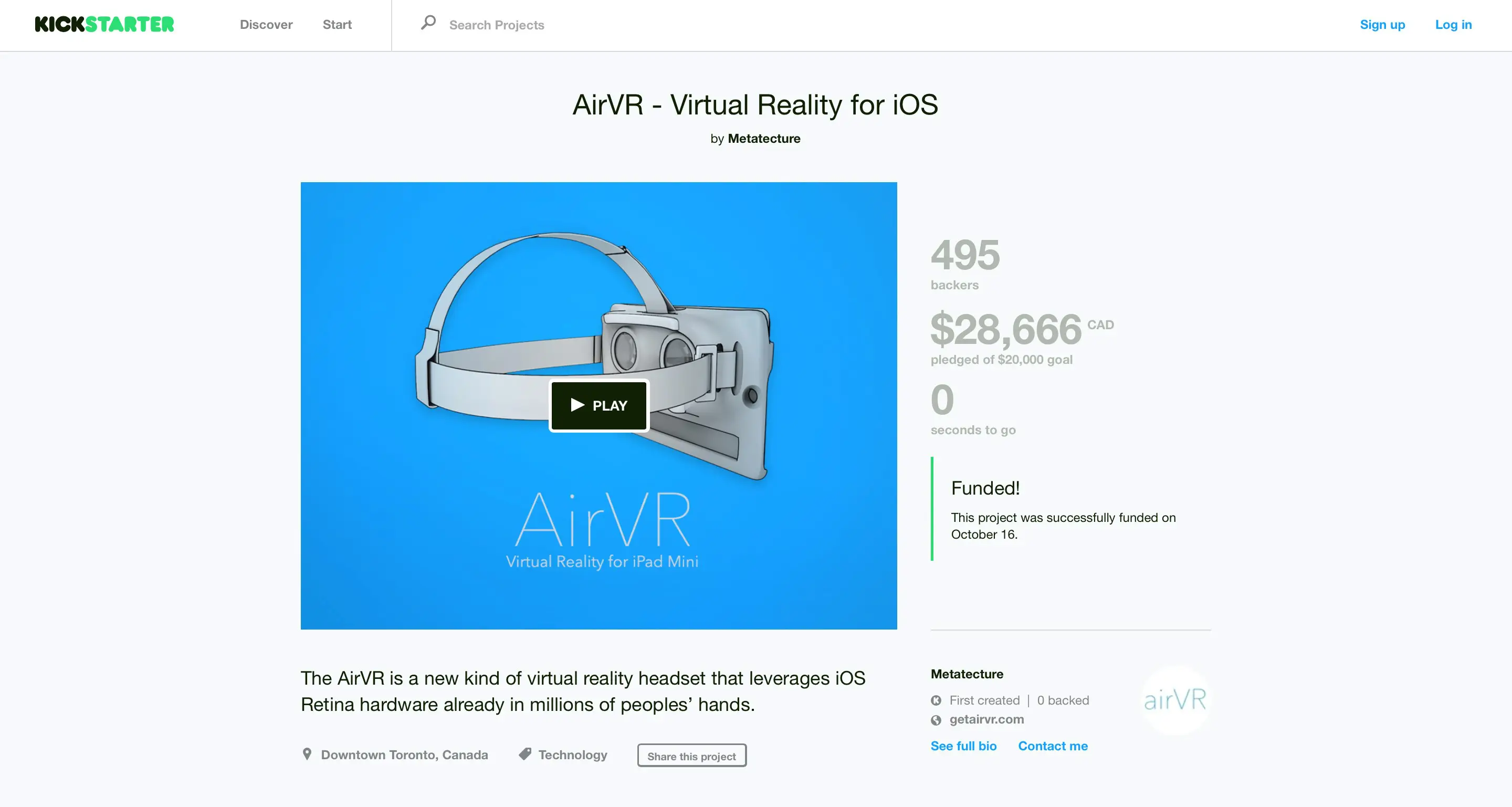
The image on the left corresponds to a campaign that is still open. On the right of the image you can see information about the amount needed to carry out the project. Also the amount reached so far, the number of backers or micro-supporters who have so far trusted the idea and the remaining time to the end of the campaign. The image on the right corresponds to a Kickstarter campaign already completed. In it you can see the result of the campaign and the amount of economic support achieved.
Searching for micro-sponsors
The figure of the backer is fundamental in this type of system. The anonymous micromecenas, the one who personally wants a project to go ahead. He wants to be able to see a movie in the future, play a video game, have the new technological device... he believes in the idea. Maybe he has even dreamed of the moment when such a product would exist. Therefore, it is in your hand to make it come true.
In this sense, Kickstarter boosted a new economic model for creators. In the wake of this platform, many others have emerged, some more specialized than others. One of them is Verkami in Spain. It is a microfinancing platform specialized in the audiovisual sector.
Kickstarter has defenders and detractors, on the side of the creators and on the side of the possible anonymous. It appears that virtual reality, both through Kickstarter and other platforms, large companies and small studios, will continue to grow at a rapid pace, both in technique and in language and formats. Growth for this market is anticipated to grow by 200%, from $198 million to $407 million by 2018. Assuming this 25 million virtual reality users.
Yes or yes?
This looks good.
DeuSens has room for your Hyperexperience.
SIMILAR CONTENT

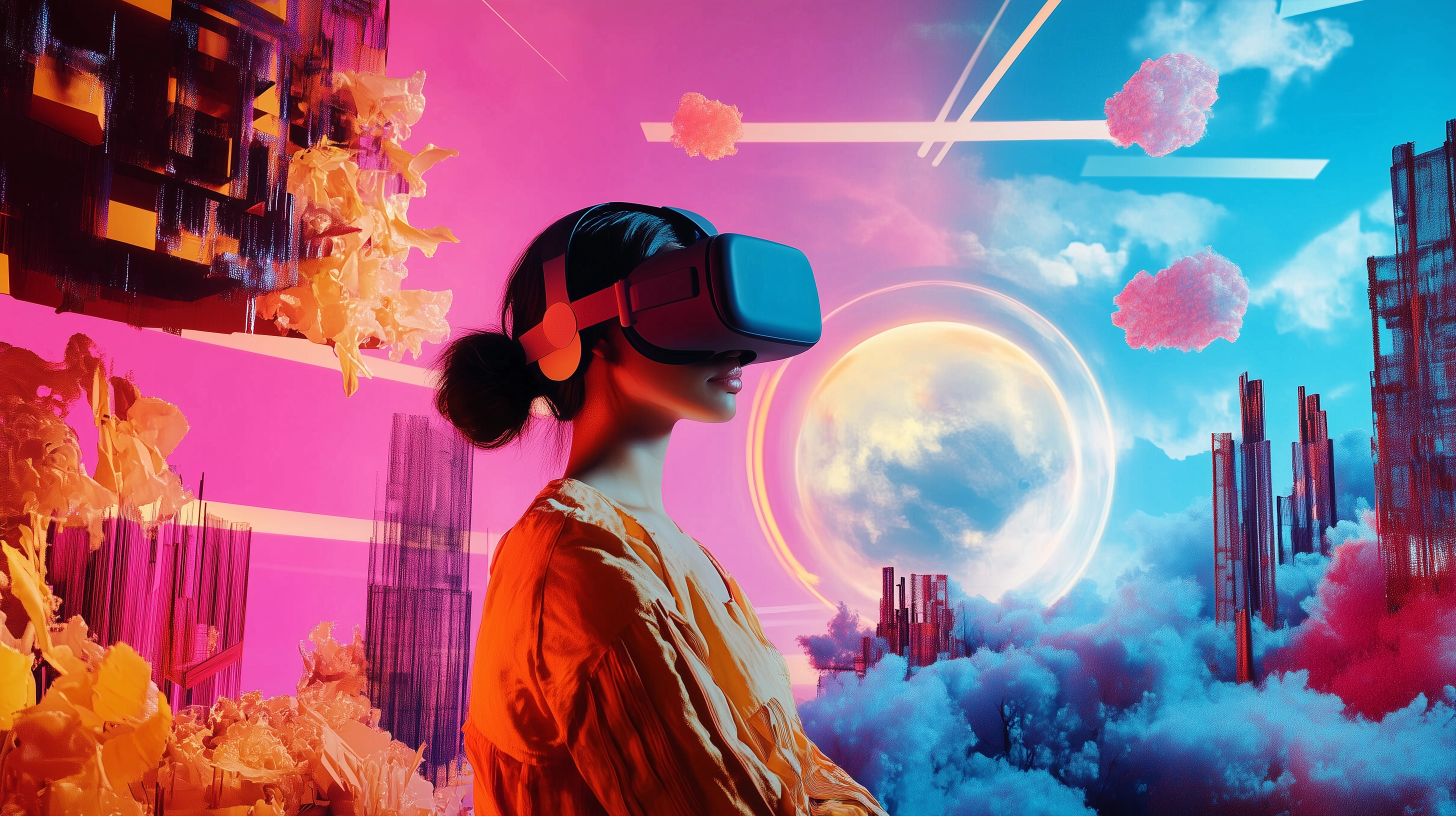
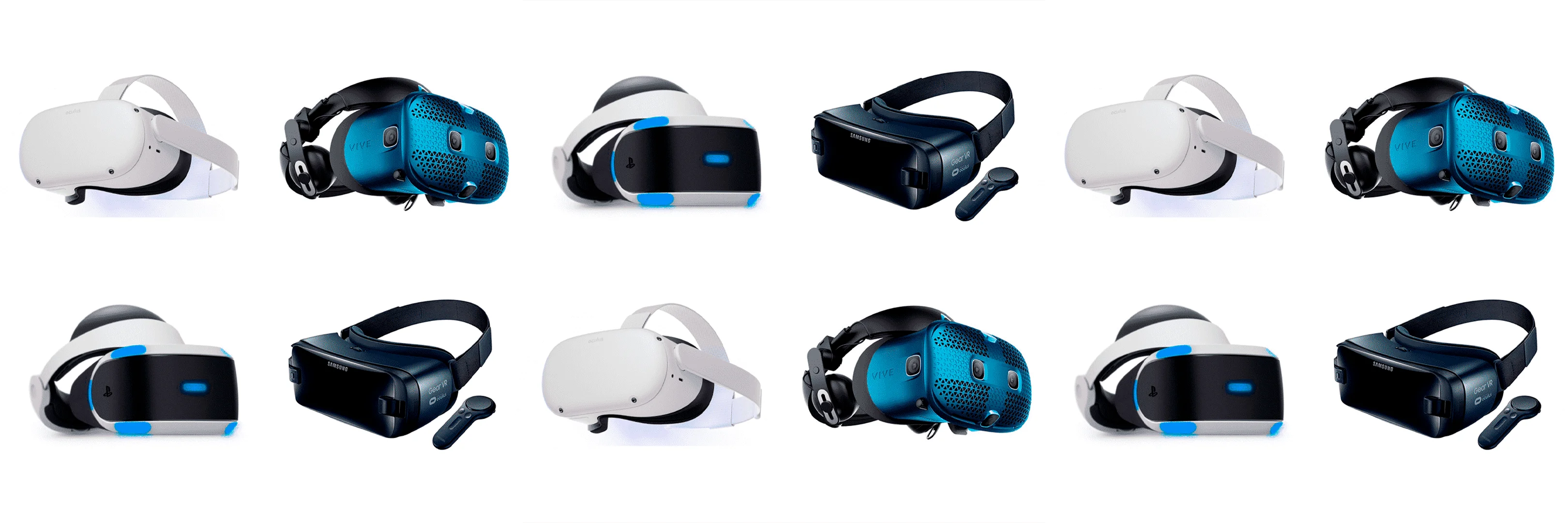









 RETURN
RETURN
